IPP Early Career Theory Fellows
2023 Fellows
Christian Capanelli: A PhD student working with Evan McDonough and Katelin Schutz at McGill traveled to Chicago, Illinois to work with Edward Kolb at the University of Chicago for a month.
“I will work with my collaborators to develop non-thermal production of dark matter in the early universe, in a well-motivated yet overlooked model known as the Kalb-Ramond field.”
Carlos Henrique Lima: A PhD student working with Daniel Stolarski at Carleton traveled to Madison, Wisconsin to work with Yang Bai at the University of Wisconsin for a month.
“We will explore one specific type of SUSY breaking which has the amazing propriety of being UV insensitive, anomaly mediated SUSY breaking.”
Qinrui Liu: A postdoctoral fellow working with Aaron Vincent and Joe Bramante at Queen’s travels to Copenhagen, Denmark to work with Mauricio Bustamante at the Niels Bohr Institute for a month.
2019 Fellows
Qingwen Wang: A PhD student working with Niayesh Afshordi at Waterloo/PI, Qingwen travels to Pasadena, California to work with Yanbei Chen at Caltech for three months.
“We hope to amend the effective one body formalism in the numerical relativity with our Boltzmann boundary conditions for quantum black holes, so that we can find predictions for signatures from quantum gravity, using both physical reflectivities and initial conditions.”
Ningqiang Song: A postdoc working with Aaron Vincent at Queen’s Ningqiang is going to Copenhagen, for 3 weeks to work with Mauricio Bustamante at the Niels Bohr Institute.
“I will explore the prospect of new physics search in future neutrino telescopes from ultra high energy cosmogenic neutrino-nucleon scattering, with special focus on new heavy particles which mediate the interaction.”
Abdulrahim Al Balushi: A PhD student working with Robert Mann at Waterloo travels to Santa Barbara, California to work with Donald Marolf at the Kavli Institute for Theoretical Physics at UC Santa Barbara for 3 months.
“I’m interested in studying the interplay of quantum information and gravity through the holographic principle.”
